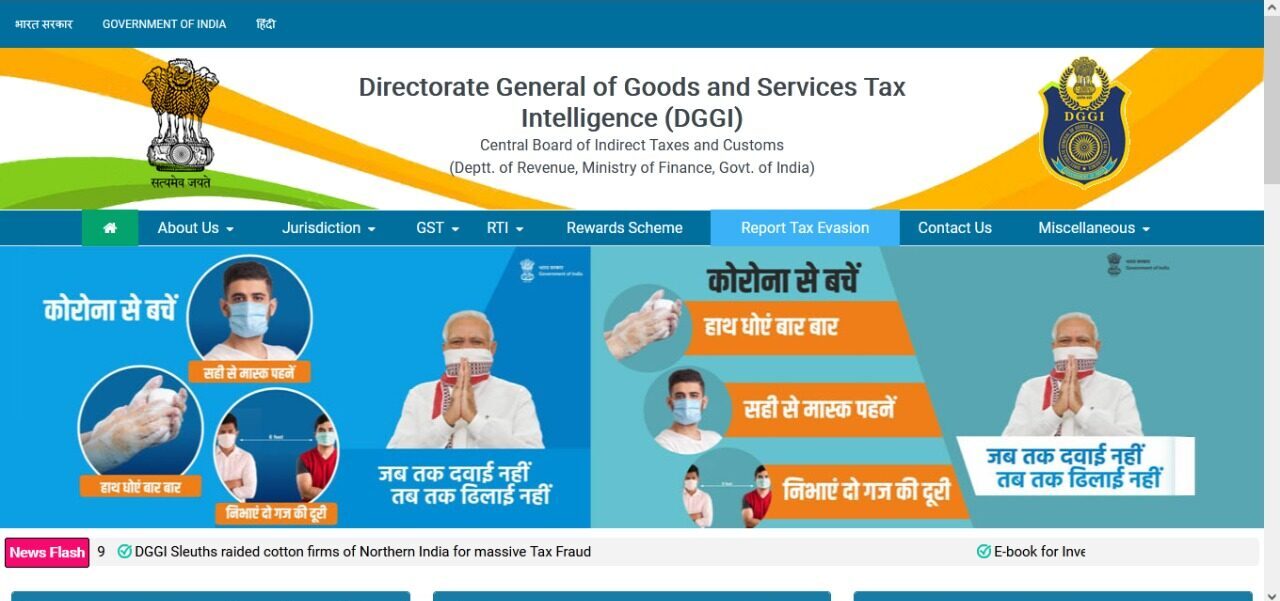Website Design and Development
Unique UI/UX, Custom Design webpage designing
Custom Website Development
Custom corporate websites, informational webpages.
Website Redesigning
Website redevelopment, redesign, web revamp
E-Commerce Website Development
Online selling website, Ecom Portal
PHP Development
ERP, CRMS, LMS, Billing Softwares, POS applications
Web Applications and Portal Development
ERP, CRMS, LMS, Billing Softwares, POS applications
Website Maintainence
Website upgrade, Web Maintenance
Domain and Hosting
Domain, Hosting, SSL, Email Services
Web development process to make your website market-ready
Define the Purpose and Goals of the Website: Before starting the development process, it is essential to identify the purpose and goals of the website. This step involves determining the target audience, understanding their needs, and defining the website’s objectives.
Planning and Strategy: In this phase, the web development team creates a plan and strategy for the website development process. It includes creating a sitemap, wireframes, user flows, and defining the technology stack that will be used for the development.
Design: Once the planning and strategy phase are complete, the design team will create a visual design that aligns with the website’s goals and objectives. The design should be user-friendly, visually appealing, and easy to navigate.
Content Creation: After the design is approved, the content creation phase begins. This phase involves writing compelling copy, creating engaging visuals, and optimizing the content for search engines.
Development: In this phase, the web development team will use the technology stack defined in the planning phase to develop the website. The development phase includes building the front-end and back-end of the website, integrating third-party tools, and testing the website’s functionality.
Testing: After the development phase is complete, the website must be tested thoroughly. This includes testing for functionality, performance, compatibility, and security.
Launch: Once the website has been tested and approved, it is time to launch the website. This phase includes configuring the website’s hosting, setting up the website analytics, and submitting the website to search engines.
Maintenance and Optimization: After the website is live, it is important to maintain and optimize the website to ensure it remains market-ready. This includes monitoring website performance, updating content, optimizing for search engines, and addressing any issues that arise.















